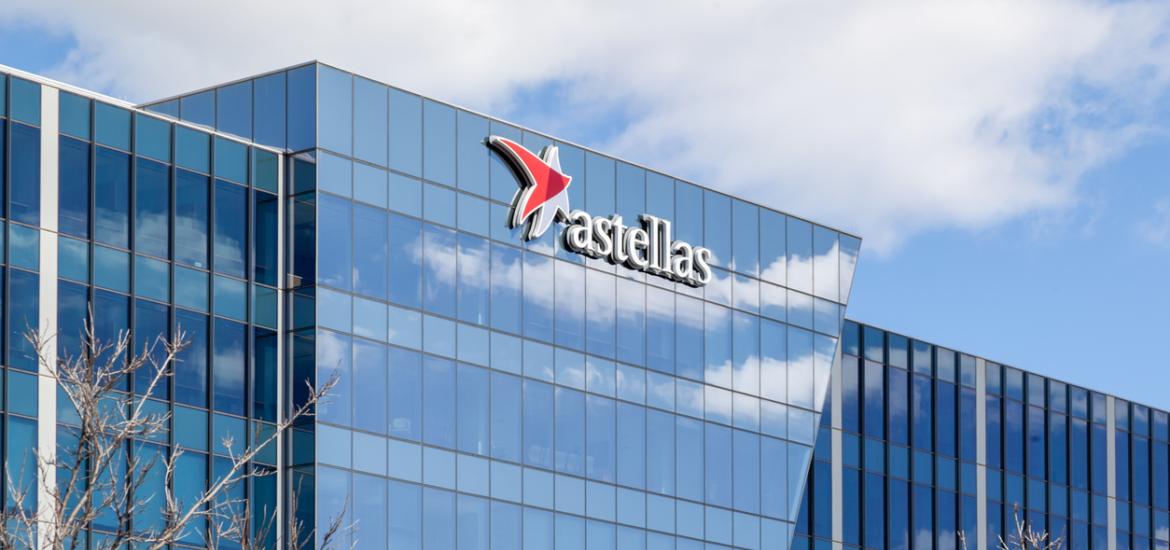
Astellas moves to shore up Vyloy

Astellas's phase 3 Lucerna study appears to be a move to shore up the Japanese group's anti-Claudin18.2 MAb Vyloy in its approved setting of first-line gastric cancer. Lucerna, which according to its just unveiled clinicaltrials.gov entry starts at the end of this month, adds Keytruda on top of a Vyloy plus chemo regimen, in the same Claudin18.2-positive, HER2-negative setting in which the latter was approved last year, with the added stipulation that patients' tumours must express PD-L1. As such, this isn't an attempt to gain share in PD-L1-negative cancer, but rather in the PD-L1-positive setting to which anti-PD-1 drugs are increasingly being restricted. Keytruda plus chemo is US-approved in first-line, HER2-negative all-comers, but its supporting Keynote-859 trial saw no benefit in PD-L1-negatives, and the corresponding EU label limits the Merck & Co drug to PD-L1 expressers. Meanwhile, Vyloy had a tortuous path in the US, where the chemo combo Spotlight and Glow trials showed somewhat modest survival benefits, and no effect in terms of response rates versus chemo alone; a complete response letter over third-party manufacturing delayed approval by 10 months. Many other companies are developing anti-Claudin18.2 projects, but most are ADCs, rather than naked MAbs like Vyloy.
Phase 3 comparators in first-line, HER2-negative gastric cancer
| Trial | Added restriction | Regimen | mOS* | ORR* |
|---|---|---|---|---|
| Spotlight | Claudin18.2+ve | Vyloy + chemo | 18.2mth vs 15.5mth | 61% vs 62% |
| Glow | Claudin18.2+ve | Vyloy + chemo | 14.4mth vs 12.2mth | 43% vs 40% |
| Keynote-859 | None | Keytruda + chemo | 12.9mth vs 11.5mth** | 51% vs 42% |
| PD-L1+ve (subgroup) | 13.0mth vs 11.4mth | 52% vs 43% | ||
| Lucerna | Claudin18.2+ve, PD-L1+ve | Vyloy + Keytruda + chemo | Primary endpoint | Among secondary endpoints |
Notes: *vs chemo, except Lucerna, which compares vs Keytruda + chemo; **no benefit in PD-L1-ve patients. Source: OncologyPipeline.
1121













